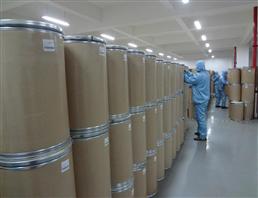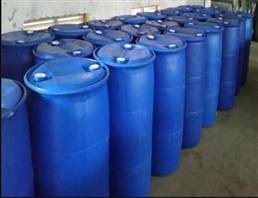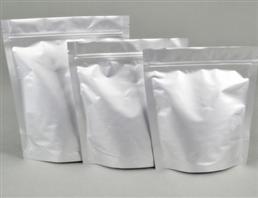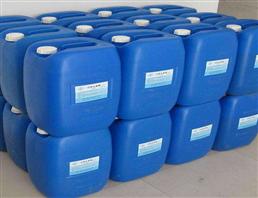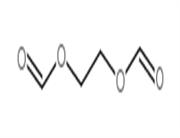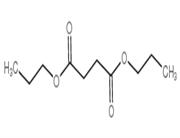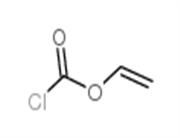Chemical Properties
White Solid
Uses
Useful for the synthesis of Biocytin containing peptides to study the mechanism of reactions catalyzed by biotin - containing enzymes
Uses
Biocytin can be used as a versatile fluorescent marker for neuroanatomical investigations and for a biotinidase assay.
Definition
ChEBI: A monocarboxylic acid amide that results from the formal condensation of the carboxylic acid group of biotin with the N6-amino group of L-lysine.
Biological Activity
Versatile marker used in anterograde, retrograde and intracellular neuroanatomical investigations and in biotinidase assays. Displays high solubility in aqueous solutions and has a low molecular weight facilitating injection using micropipettes. Can be incorporated with a variety of avidin and streptavidin conjugates for detection by light, fluorescence or electron microscope.
Purification Methods
Recrystallise biocytin rapidly from dilute MeOH or Me2CO. It can also be recrystallised from H2O by slow evaporation or by dissolving in the minimum volume of H2O and adding Me2CO until solid separates. It is freely soluble in H2O and AcOH but insoluble in Me2CO. [Wolf et al. J Am Chem Soc 74 2002 1952, 72 1048 1950.] It has been purified by chromatography on superfiltrol-Celite, Al2O3 and by countercurrent distribution and then recrystallised [IR: Peck et al. J Am Chem Soc 74 1991 1952]. The hydrochloride recrystallises from aqueous Me2CO/HCl and has m 227o (dec). [Beilstein 27 III/IV 7984.]

 China
China




